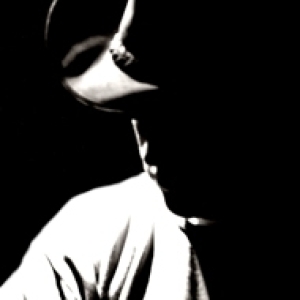Arthur's Seat Meteor Storm
OK these are just city-lit clouds blowing over an extinct volcano in the middle of this beautiful city, on the surface of our little planet. The meteors were a bit hard to catch.
Went up Arthur's Seat to watch the Perseids meteors & saw about 30 meteors in an hour.
Absolutely fantastic! One really big one shot over the Cassiopeia (the big W) constellation and left a streak of greenish light behind it for a few seconds. Another one shot over in the north and it seemed more red in colour. Loads of other small ones. It was one of the best things I've seen in the night sky. Better than any of the eclipses for interestingness and speed. I wish I'd been out of the city, camping and sitting at a camp fire to watch them.
Also got some other night sky pics.
Tonight was the peak, but you can still see them for the next few nights:
Perseids meteor storm:
The undoubted stand-out for meteor observers in the summer of 2007 is a very favourable return of the Perseids, peaking on Aug 13 02h UT in dark, moonless skies. At this time, just as dawn is approaching for observers in the British Isles, the Perseid radiant will be high in the eastern sky and from locations away from artificial light pollution rates of around a meteor per minute should be attained.
Perseid meteors are produced by debris from Comet 109P/Swift-Tuttle. Incoming meteoroids have atmospheric entry velocities of 60 km/s, resulting in very fast meteors. A healthy proportion of Perseids are bright, making the shower a good target for photography. Perseids brighter than about magnitude 0 can be captured at film speeds of ISO 400 or greater with a camera fitted with either a 50 mm standard lens or 28 mm wideangle lens at f/2.8 or faster, using time exposures aimed towards Cygnus or the Square of Pegasus. These need not be driven - 'static' cameras yield images with meteors appearing as longer streaks cutting across the short arcs of star trails.
- 13
- 0
- Nikon D200
- 30
- f/3.5
- 18mm
- 100

Comments
Sign in or get an account to comment.


